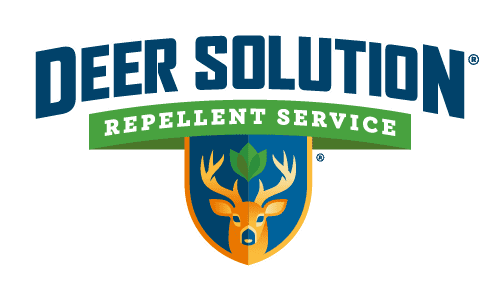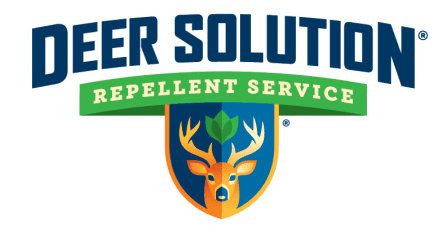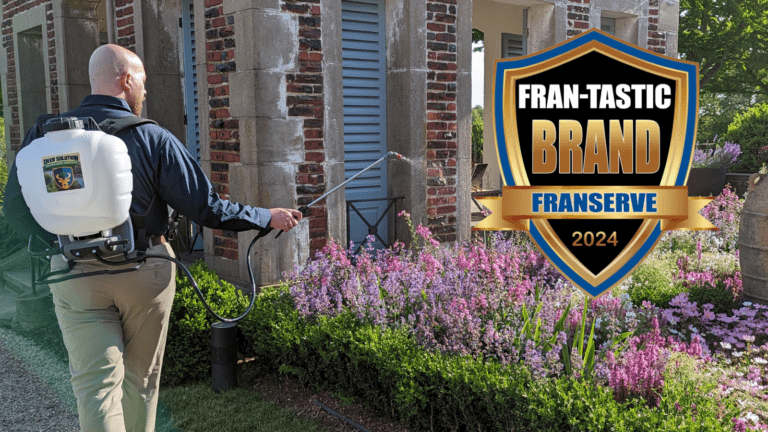In the urban sprawl of Bronx County, New York, a burgeoning environmental issue is taking center stage: the overpopulation of deer. This problem, while initially seeming confined to more rural settings, has far-reaching implications, affecting local ecosystems and raising significant concerns for human safety.
The Growing Deer Population Challenge
Bronx County, mirroring state-wide trends in New York, is grappling with an increase in deer-related incidents, particularly pronounced during the mating season from October through December. In these months, deer activity peaks, leading to more frequent encounters with vehicles.
The consequence is a spike in vehicle collisions, posing not only a hazard to motorists but also a critical concern for wildlife management and traffic safety authorities.
Ecological Impacts and the Plight of Trees
The ecological implications of deer overpopulation are significant. Deer feeding on young trees can severely hinder their growth and overall health, raising questions about the long-term sustainability of local flora.
The extent to which trees can recover from deer damage is complex, dependent on the severity of the damage and the tree species’ resilience. This issue extends beyond the damage to individual trees, affecting the broader ecological balance and health of the county’s green spaces.
Human Safety at the Forefront
Beyond the ecological damage, the increasing deer population significantly impacts human safety. The rise in deer-related car crashes in Bronx County has led to numerous accidents, with some resulting in severe injuries and fatalities.
These incidents often occur during dawn and dusk when visibility is reduced, and deer are most active, thus increasing the risk of collisions.
Navigating the Overpopulation Issue
Addressing the deer overpopulation issue in Bronx County requires increased public awareness and vigilance, particularly during peak deer activity periods. Motorists are advised to exercise extra caution during dawn and dusk, adhering to traffic safety guidelines to minimize the risk of collisions.
A Call for Comprehensive Strategies
The situation in Bronx County highlights the need for an integrated approach to wildlife management, balancing ecological preservation with public safety. This involves not only the implementation of ecological and wildlife management strategies but also public education and community involvement.
The Road Ahead
As Bronx County tackles these challenges, the lessons learned here could be instrumental for other regions facing similar wildlife management dilemmas. The county’s approach underscores the importance of sustainable wildlife management practices and the need for ongoing community engagement to navigate the complexities of urban wildlife coexistence.
The deer overpopulation issue in Bronx County serves as a stark reminder of the challenges in balancing urban development with wildlife habitats. Effectively managing this issue requires a multifaceted approach, encompassing ecological strategies, community engagement, and public safety measures.
The strategies and insights gained from Bronx County’s experiences could provide valuable guidance for managing similar challenges in other urban settings.












